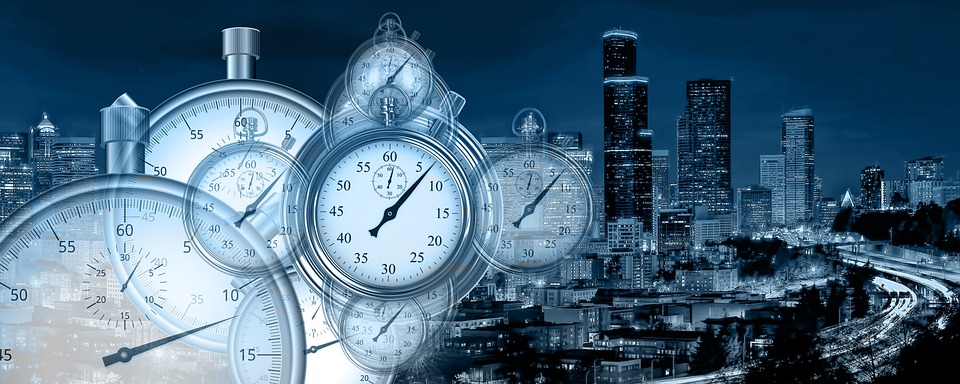Inflation Running Above 12%, Not 8.3% As Reported

Image Source: Pixabay
Earlier this month, I made the case in Forecasts & Trends that today’s true inflation rate is more like 12% than the government’s 8.5% reading of the Consumer Price Index at the time. In reality, my case was not all that strong since I suggested we should go back to the way we used to measure the CPI years ago. But that’s not likely to happen.
Well last week, the latest IBD/TIPP poll agreed with me, citing the findings of its latest poll on what consumers pay for goods and services. The TIPP polls are conducted by tippinsights.com which is associated with InvestorsBusinessDaily.com.
TIPP polls a lot of different things but it is best known for its presidential election cycle polls. It has correctly predicted the winner in the last five presidential cycles. So, its polls are not to be taken lightly.
Last week, TIPP released the results of its latest survey on consumer inflation and found that prices rose 12.6% in the 12 months ended August, unchanged from its July reading and down a tic from its 12.7% print for June.
The monthly TIPP CPI survey, which they refer to as “Bidenflation,” uses the same data as the Labor Department, but obviously, they crunch that data and reach their conclusions in different ways. I typically trust TIPP more than the government, especially in this case.
TIPP went out of its way to defend its latest reading on inflation of 12.6% (annual rate) for August by comparing its findings to those of the Labor Department’s Bureau of Labor Statistics (BLS). Here are some examples of how much prices have gone up since Joe Biden took office, according to the latest figures from IBD/TIPP.
Food prices increased by 14.6% since President Biden took office compared to only 11.4% as per BLS CPI, a difference of 3.2 points.
Energy prices increased 43.2% per TIPP CPI compared to 23.8% according to BLS CPI, a difference of 19.4 points.
The Core CPI is the price for all items, excluding food and energy. The Core TIPP CPI was 9.8% compared to 6.3% in the Core BLS CPI in the year-over-year measure, a 3.5-point difference.
More specifically, gasoline prices have increased by 57.2% since President Biden took office. However, the BLS CPI for gasoline is 25.6%, a difference of 31.6 points.
Used car prices have risen by 41.7% since President Biden took office. The BLS CPI does not capture as much of an increase and posts a relatively moderate 7.8%, a difference of 33.9 points.
Inflation for airline tickets under President Biden is up 44.0% per TIPP compared to BLS CPI of 33.4%.
The latest IBD/TIPP poll completed earlier this month shows that nearly nine in ten (89%) of survey respondents are worried about inflation. Over the past 12 months, inflation concerns have stayed above 80%. The share of “very concerned” has been around 50% consistently.
A majority of respondents (51%) said their wages have not kept pace with inflation. Only one in five (22%) say it has. The share who said wages had kept pace has hovered in the 17% to 22% range since January 2022.
As a result of inflation, Americans are cutting back on household spending. Over three-quarters, (78%) of respondents said they had reduced household spending. Cutting expenses was seen among people of all ages and income levels.
As the chart below illustrates, households are cutting back spending in many areas including entertainment, eating out, holiday/vacation travel, purchases of big-ticket items, and memberships/subscriptions, among others.
Many are even cutting back on good causes such as charity giving. The high gasoline prices forced 71% to cut back on local driving. Surprisingly, over two-thirds (68%) of households are spending less on groceries.
At the end of the day, the latest figures for inflation from IBD/TIPP are troubling. Not only do they show inflation significantly higher than the BLS, they also show that today’s inflation is deeply ingrained among most consumers. With over two-thirds (68%) of households reporting they have cut back on grocery purchases, you know the current round of inflation is serious.
As a result, it may be difficult for the Fed to bring down inflation expectations. This suggests the Fed may have to raise interest rates more than it really wants to in the months ahead. Fed watchers are now wondering if we’ll get yet another 75-basis-point hike in the Fed Funds rate following the next policy meeting on November 2.
As was widely expected, the Fed Open Market Committee raised its key Fed Funds rate by 0.75% yesterday. While the 75-basis-point increase was widely expected, Fed Chairman Jerome Powell said in his post-meeting press conference that its key rate may have to go significantly higher in the months ahead than it has forecast in recent months. This sparked a sell-off in the stock markets. Equity markets are lower again today.
More By This Author:
Global Population Growth Hits Lowest Level Since 1950Fed Officials’ Policy Pow-Wow In Jackson, Hole Wyoming
Social Security Checks Could Rise By 10% In 2023






